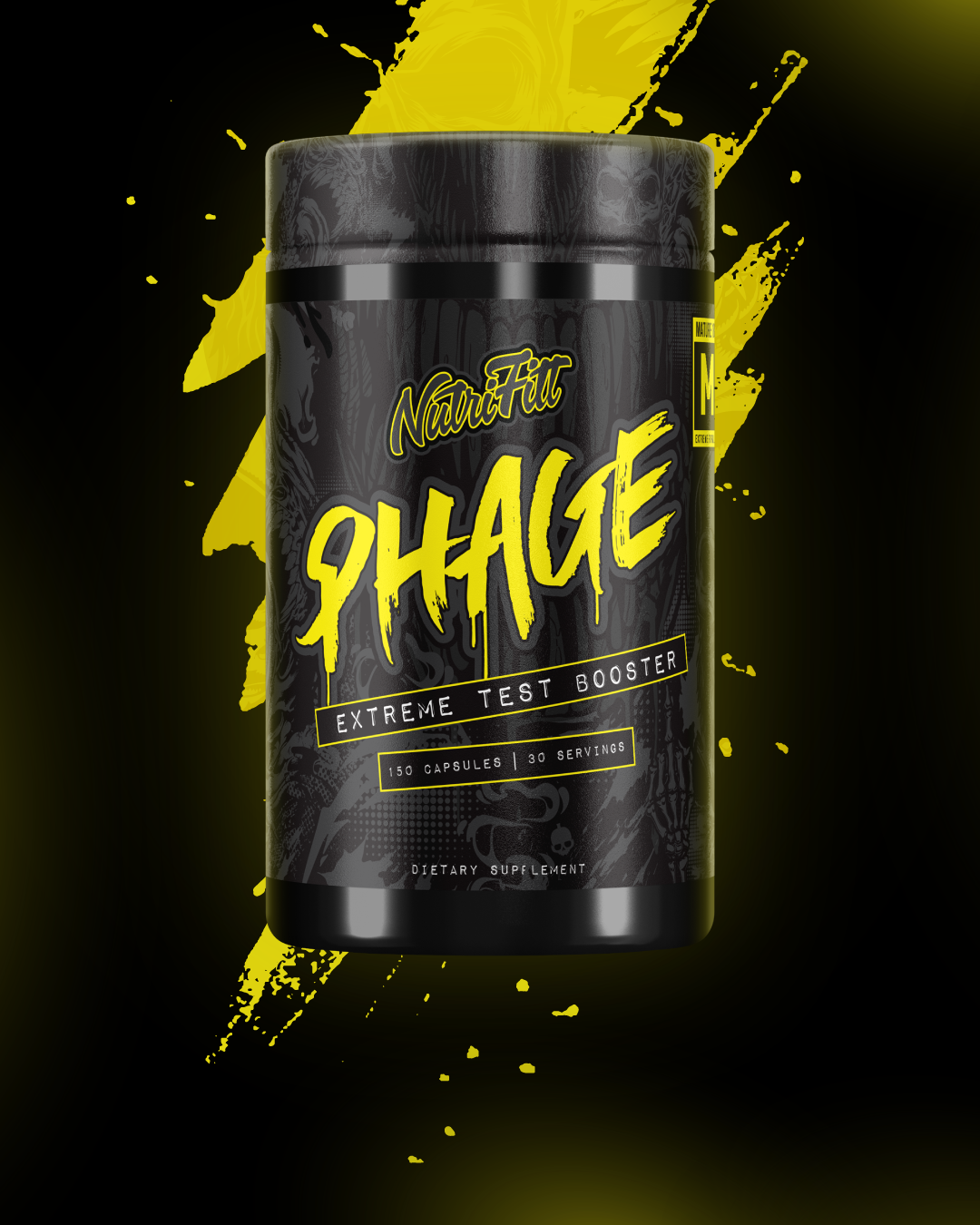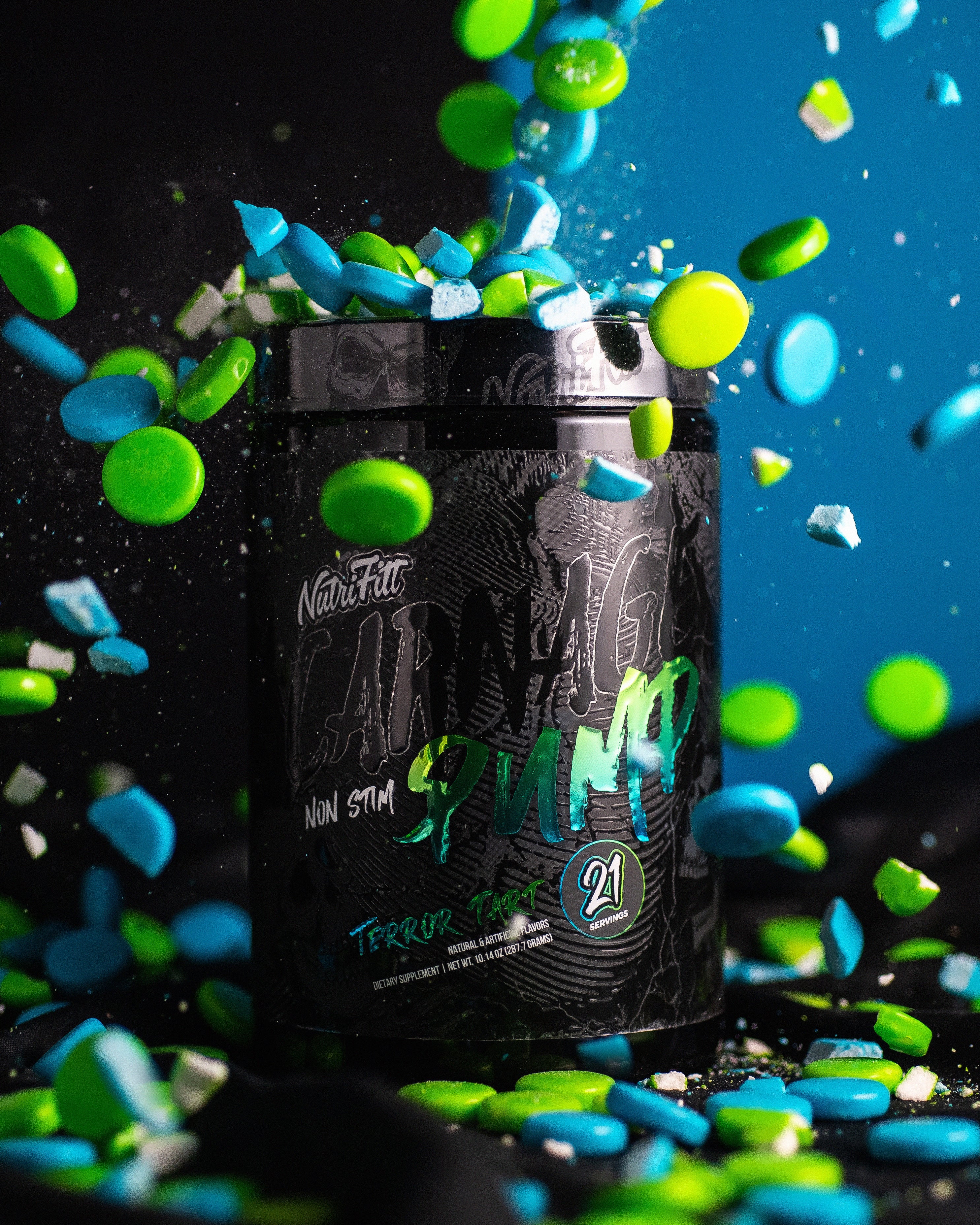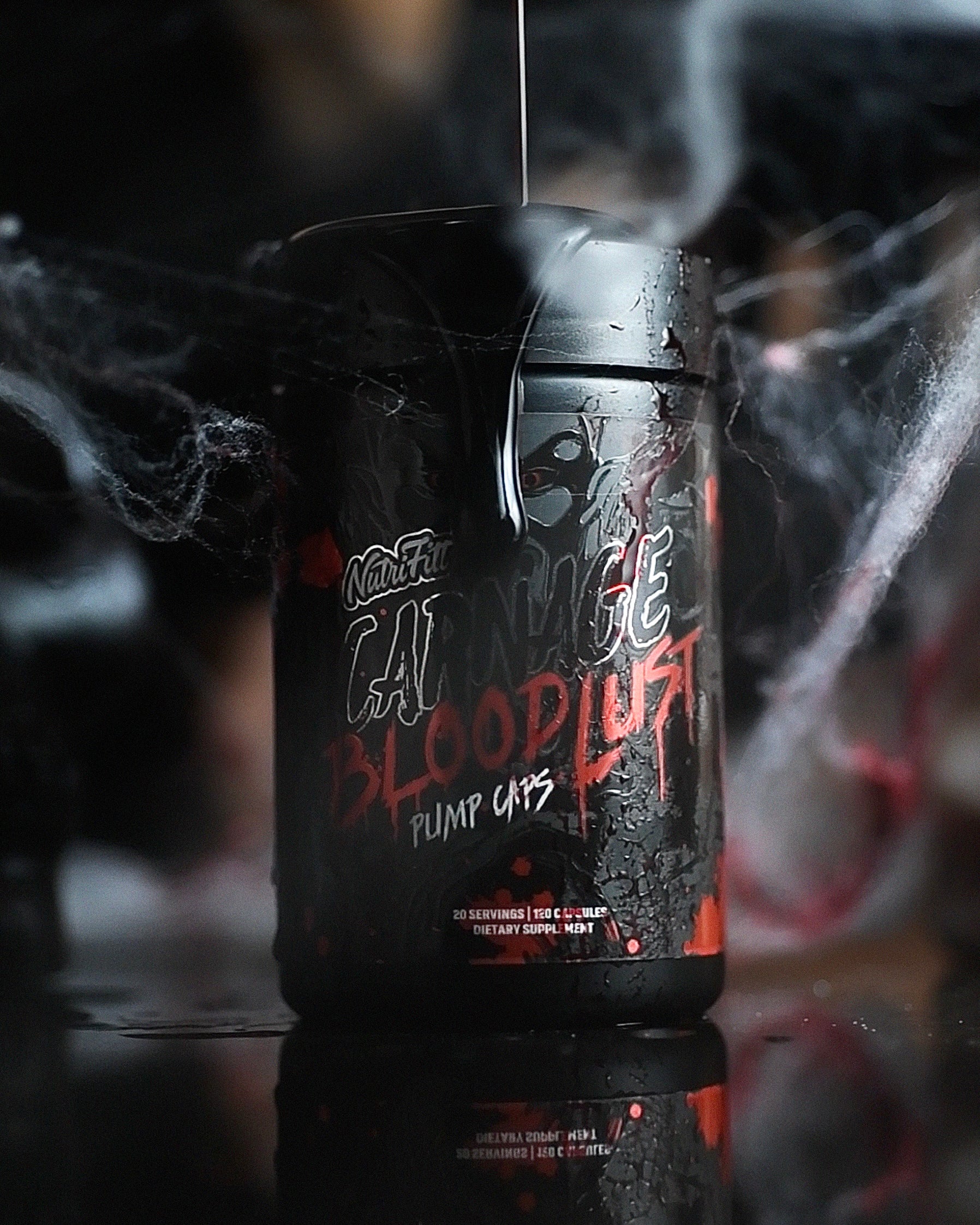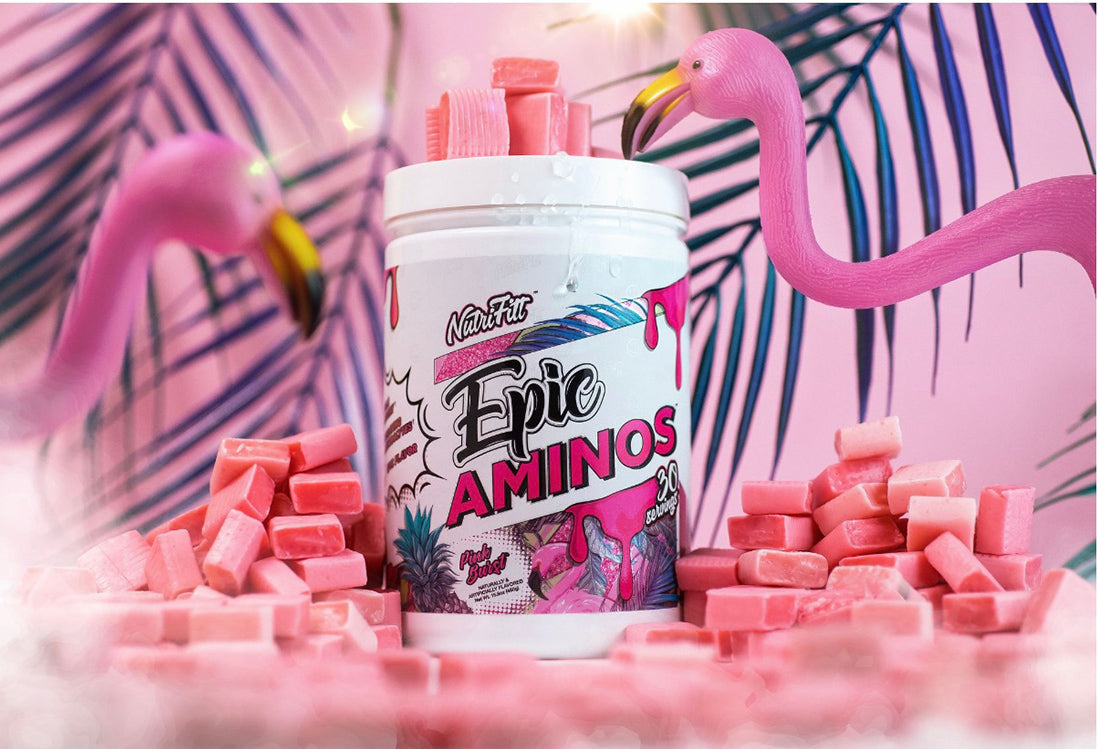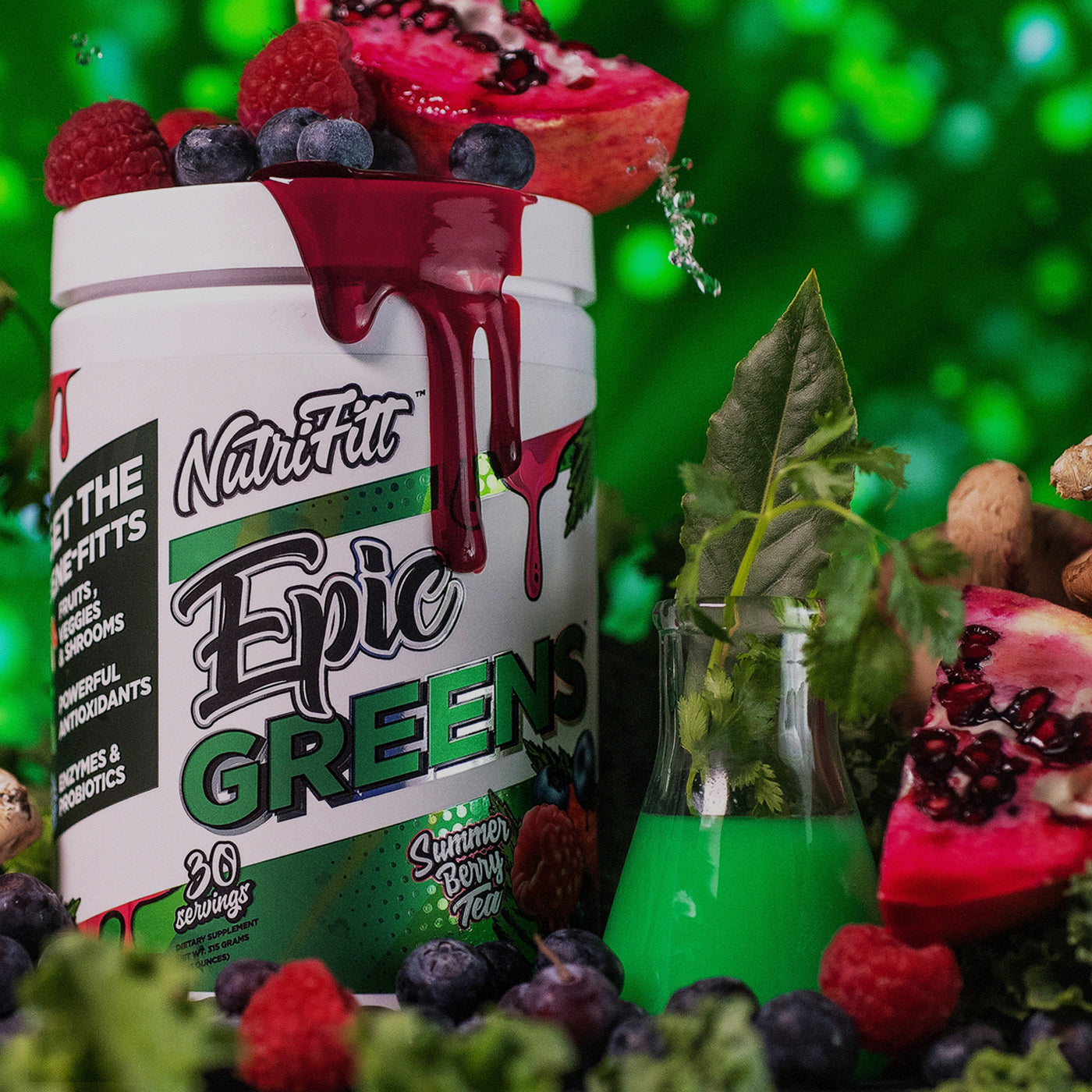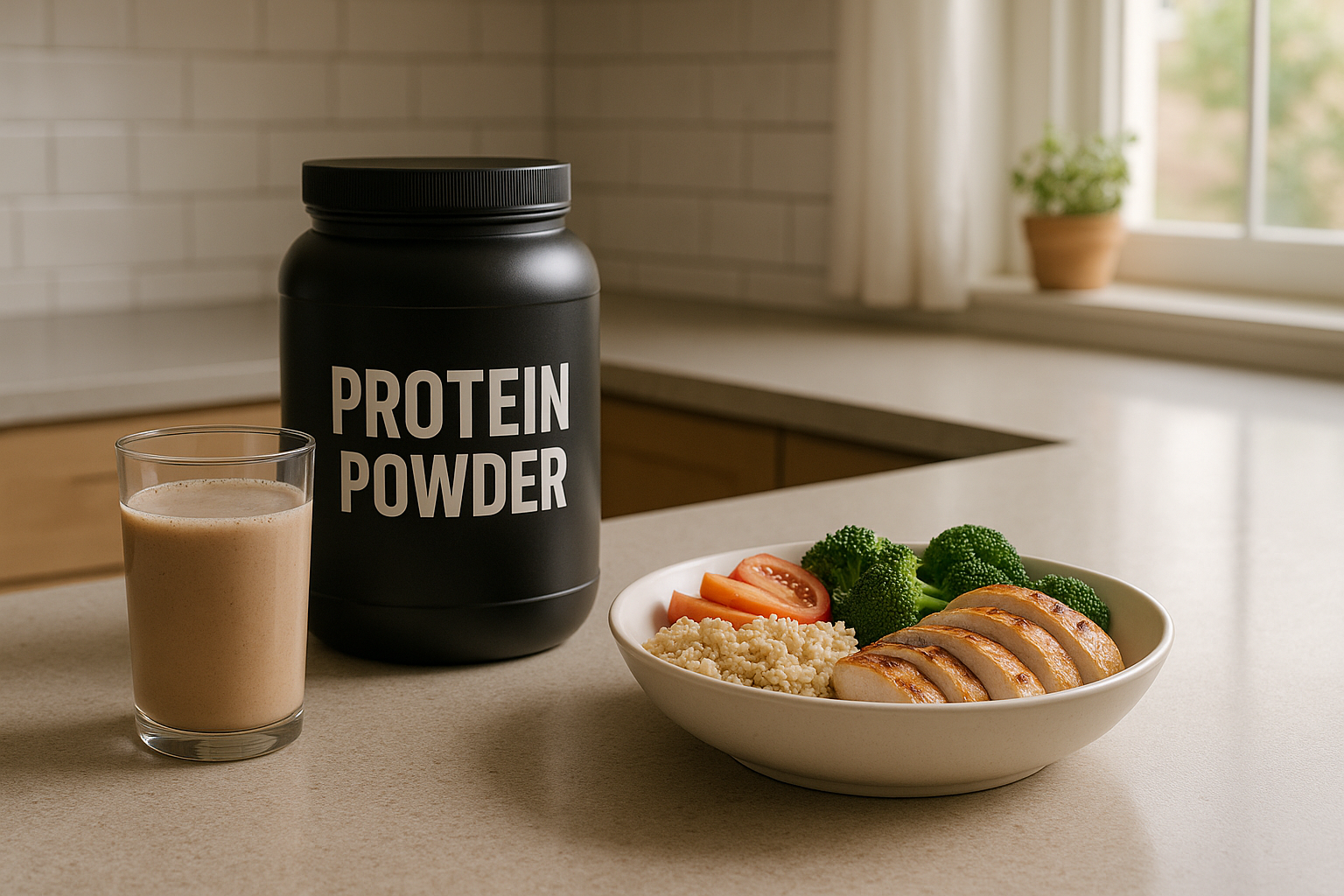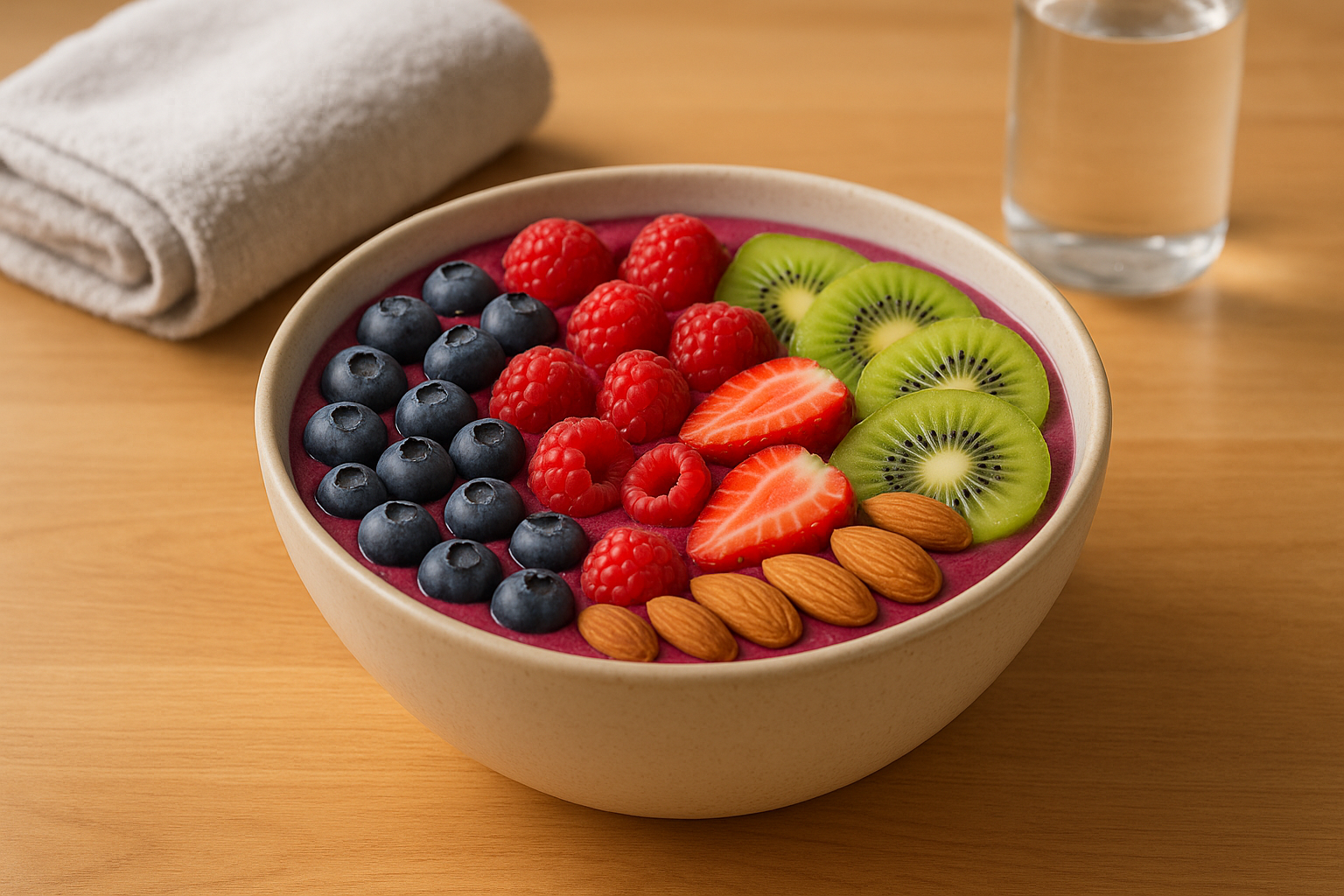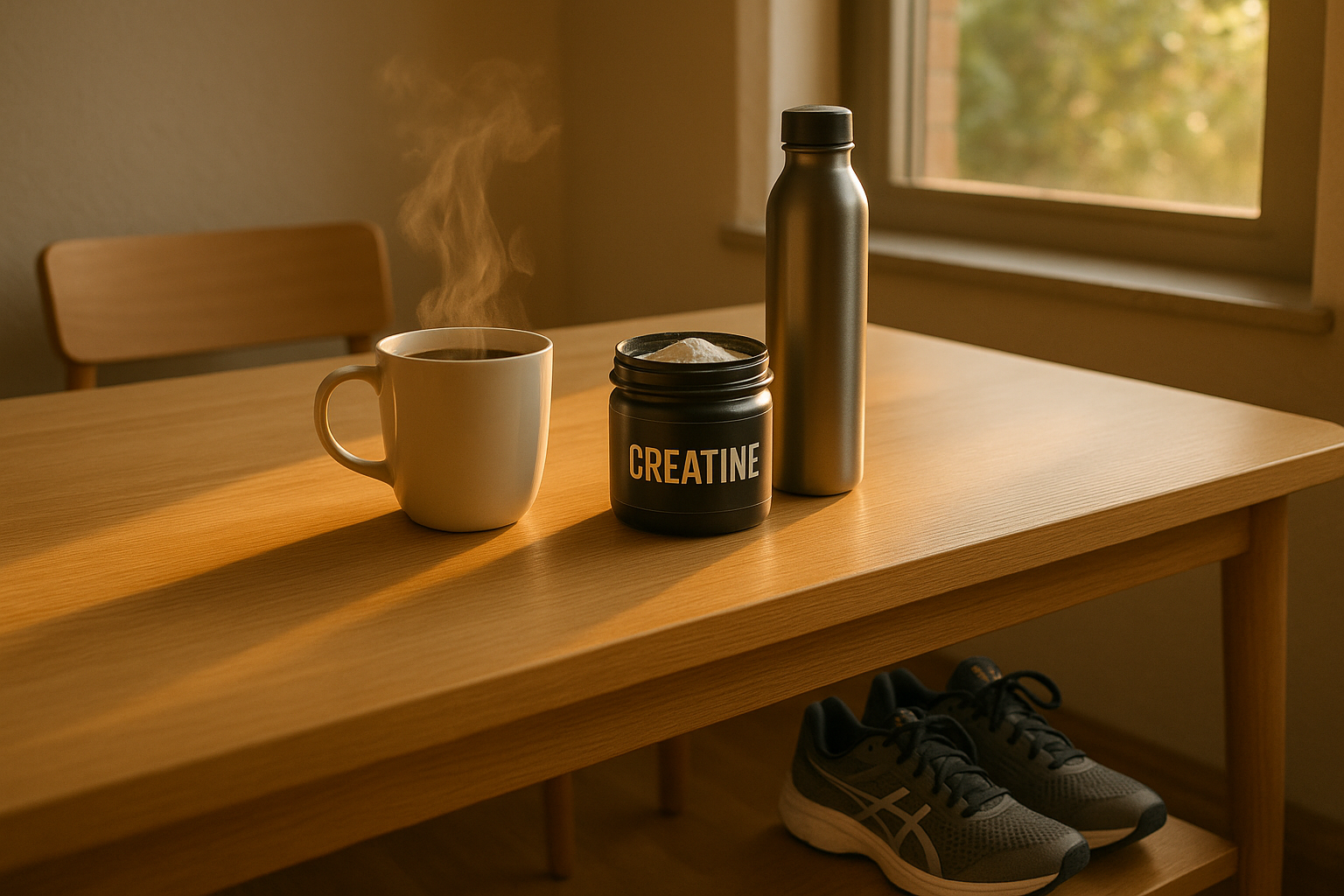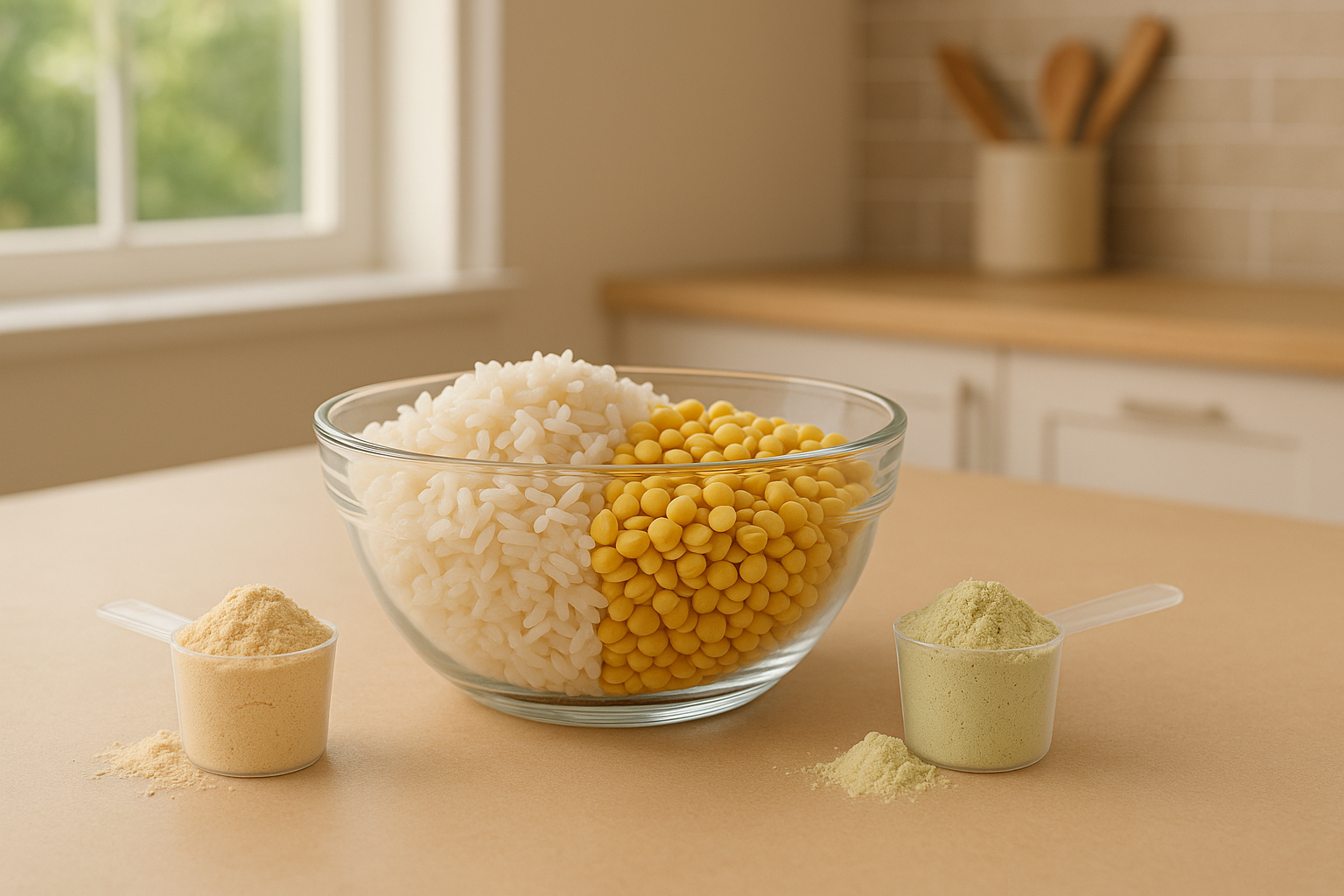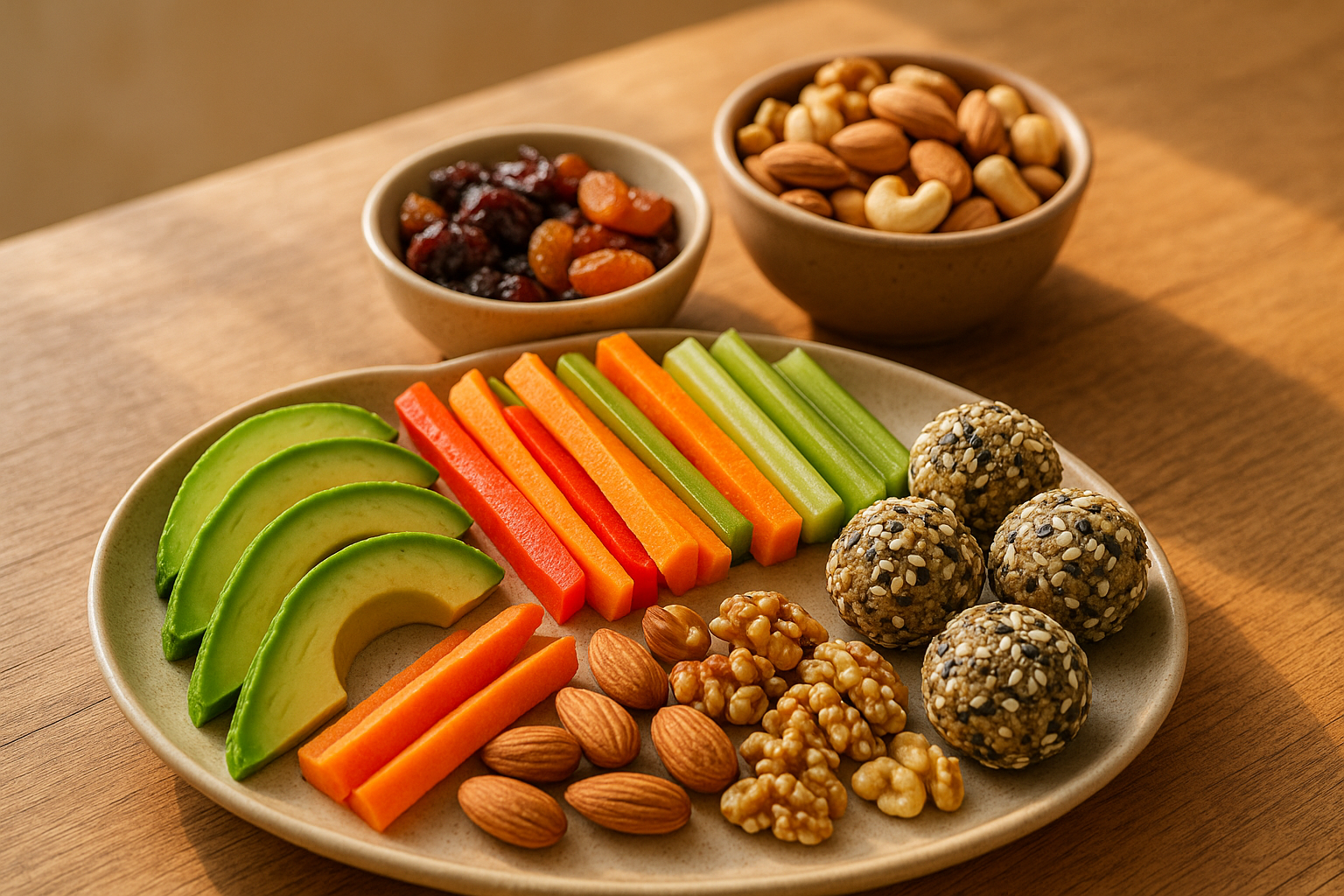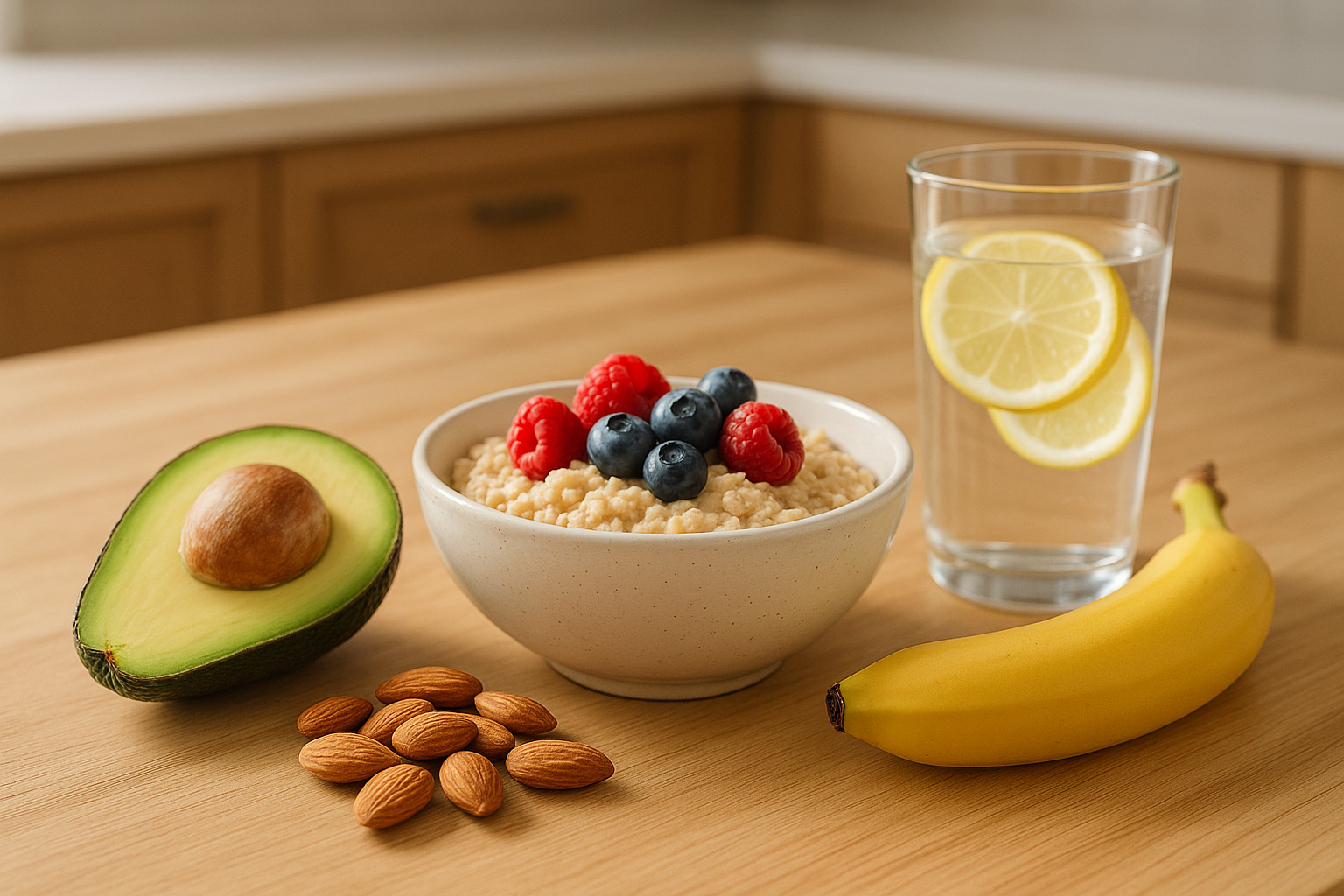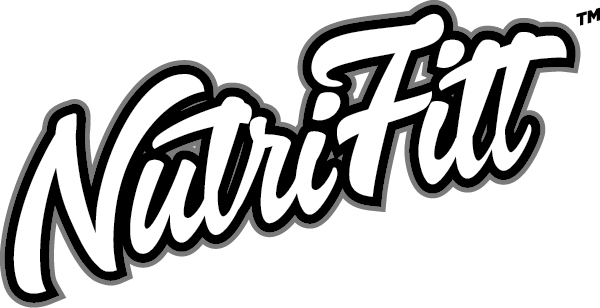
Decoding Fitness: What is a Dirty Bulk and How Does it Affect Your Body?
As athletes and fitness enthusiasts, we're always looking for ways to gain an edge and take our physiques to the next level.
In bodybuilding and strength sports circles, the concept of bulking, which is intentionally putting on weight to build more muscle - has become extremely popular.
However, not all bulking methods are created equal.
In this post, we'll break down what dirty bulking is, how it compares to cleaner bulking strategies, and most importantly, how it really affects your body in both the short and long term.
Unpacking the Dirty Bulk: A Caloric Surplus with No Limits
The core premise behind dirty bulking is simple: consume as many calories as possible through any means necessary to force your body into a continual state of muscle growthdramatic surplus.
No foods are off limits, and the more high-calorie and nutrient-poor, the better. Mass-gain shakes, fast food, processed carbs, and sugary foods tend to dominate dirty bulk diets. This immense calorie overload leaves your body with no choice but to accumulate weight rapidly. Of course, only some of this new tissue will be the desired lean muscle.
The Allure of Endless Calories
We all know that a calorie surplus is mandatory for muscle growth. So understandably, the seemingly unrestricted eating of a dirty bulk holds some surface-level appeal. However, as we'll explore next, this unchecked excess of low-quality calories comes at a heavy long-term cost.
Comparing Dirty and Clean Bulking Strategies

The alternative approach is called clean bulking.
Here, calorie intake is controlled and monitored to minimize fat gain and provide only the surplus needed to build new muscle. The diet focuses on nutrient-dense, minimally processed whole foods to supply quality calories and protein. The weight gain rate tends to be slower, but with minimal fat gainalso cleaner by maintaining athletic body compositions.
So in simple terms, dirty bulking prioritizes rapid mass gain using any means necessary, while a clean bulk pursues lean muscle gain through strict nutrition.
The Risks of Excessive Fat Gain
Dirty bulking, though enticing as a rapid way to gain weight, also brings considerable health risks. The surplus calories often result in significant fat accumulation, which, especially when visceral, can increase your risk of metabolic disorders and cardiovascular diseases. In addition, the reliance on nutrient-poor, high-calorie foods can lead to nutritional deficiencies, impacting overall health and potentially hindering muscle recovery and growth. It's crucial to weigh these potential health implications against the allure of quick gains.
Nutritional Strategies for Bulking: Finding the Balance
While dirty bulking may pack on mass quickly, it can be difficult to sustain long-term from both a health and lifestyle perspective.
So what's the solution for those seeking quality lean muscle gains without excessive fat? Carefully manage your nutrition and consume enough calories to fuel growth, but from quality, nutrient-richcontrolled, nutritious sources.
Incorporating Healthy Choices into Your Bulk
When clean bulking, aim to get surplus calories from wholesome, minimally processed foods. Some great options include oats, brown rice, quinoa, lean proteins, nuts, seeds, fruits, vegetables, and quality dairy. Use healthy fats like olive oil and avocado, and limit added sugars. This nourishes your body while providing the building blocks to gain muscle.
You can also try our Epic Muscle Stack, equipped with the high-quality pre-workout and amino acid supplements you need during your clean bulk.
When to Scale Back on Calories
If your rate of fat gain outpaces your rate of muscle growth, it's time to dial back the excessive calories. Aim to gain around 0.25-0.5% of total body weight per week during a dirty bulk, as more than that likely means you are accruing too much body fat. Periodically assess your body composition using various metrics and adjust your caloric intake and food choices as needed to spur muscle growth while limiting fat accumulation.
The Role of Exercise in a Dirty Bulk

While nutrition drives muscle growth, a dirty bulk will simply turn into fat gain if you don't properly train that new tissue. To spur adaptation, workouts must be progressively overloaded. Follow proven strength and hypertrophy programs that employ challenging compound lifts alongside isolation movementsmoves. Push yourself hard during sets while allowing for adequate rest between them. Cardio can maintain conditioning, but avoid excessive amounts that drastically drive up calorie needs.
Dirty Bulk FAQ
Can a dirty bulk affect my health in the long term?
Yes, pursuing a dirty bulk long-term can negatively impact health markers like blood pressure, cholesterol, and blood sugar control. The constant intake of high-calorie, low-nutrient foods can also increase disease risks if sustained continually. Consider taking periodic breaks.
How do I transition from a dirty bulk to cutting?
Gradually reduce your caloric surplus over 2-4 weeks until you reach maintenance levels. Then enter into a moderate deficit of 500 or fewer calories below maintenance, while keeping protein high around 1 gram per pound of body weight. Progress into cardio training and prioritize lifting for muscle retention versus continual gains.




